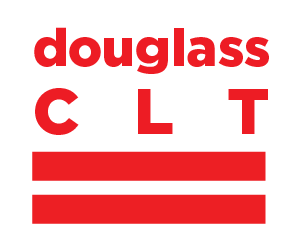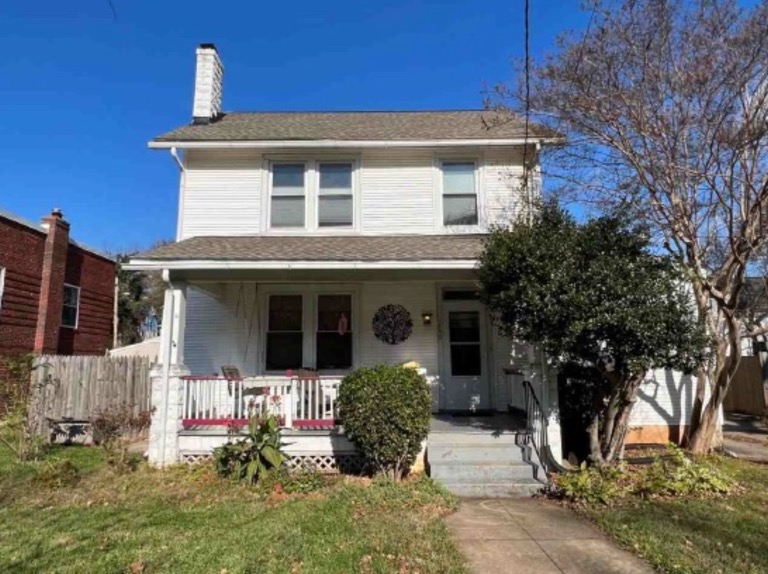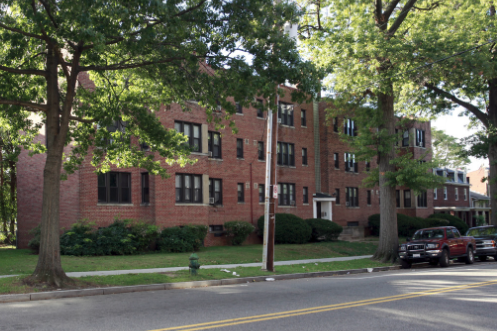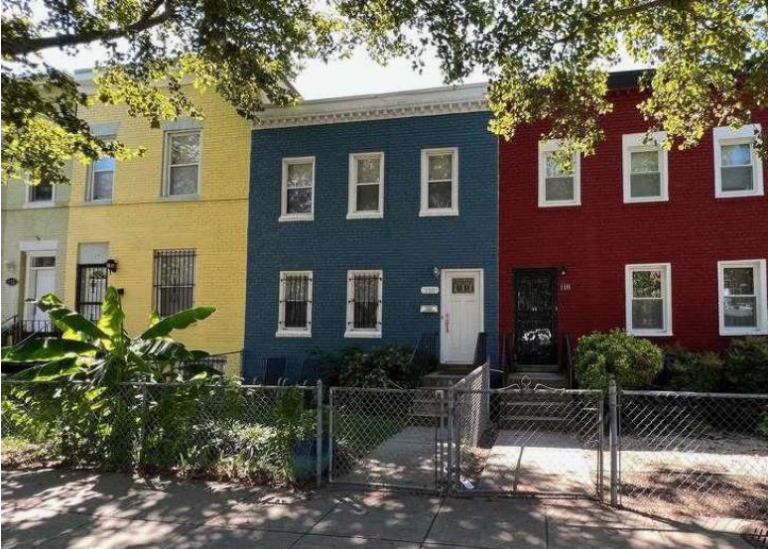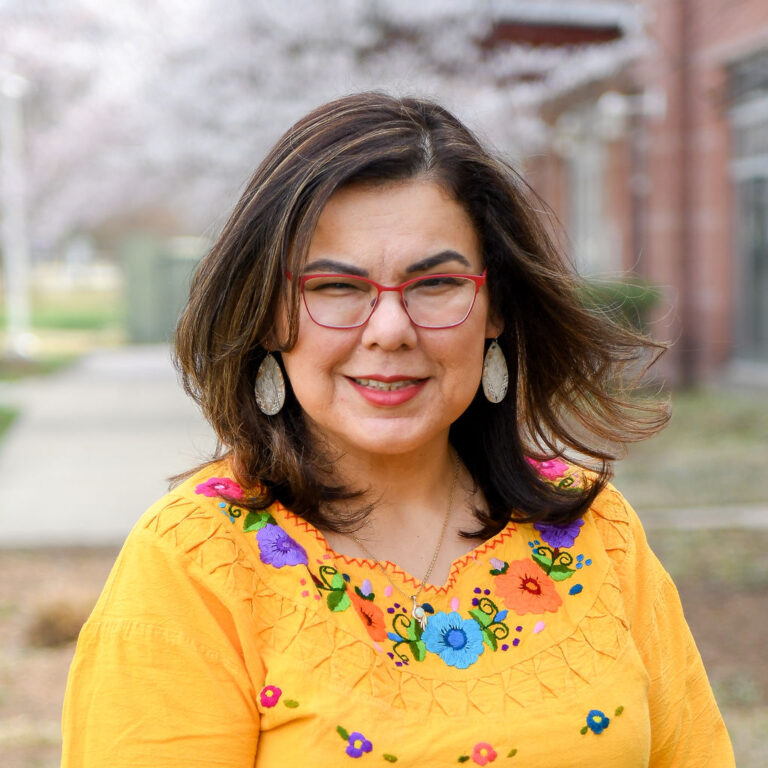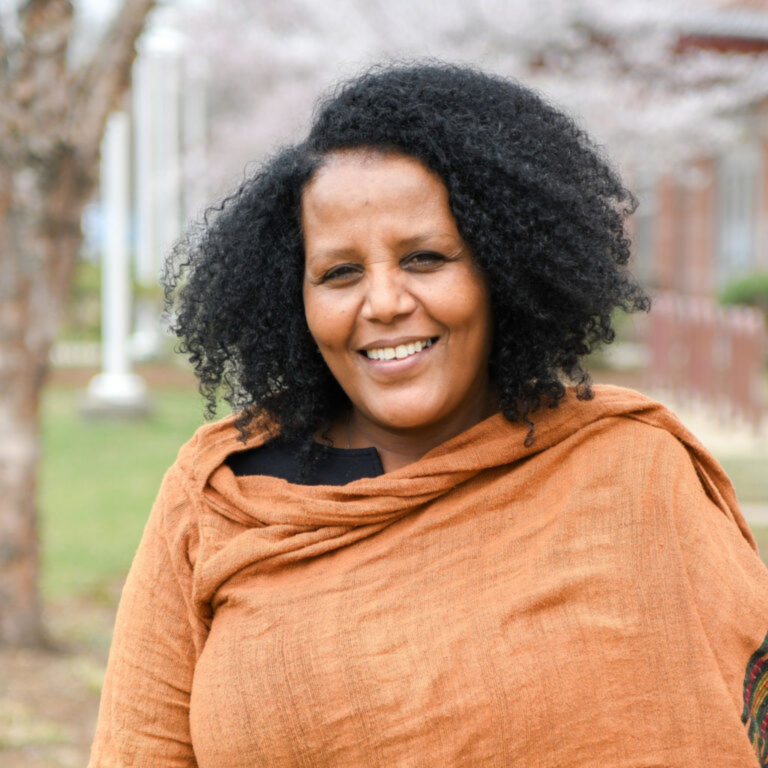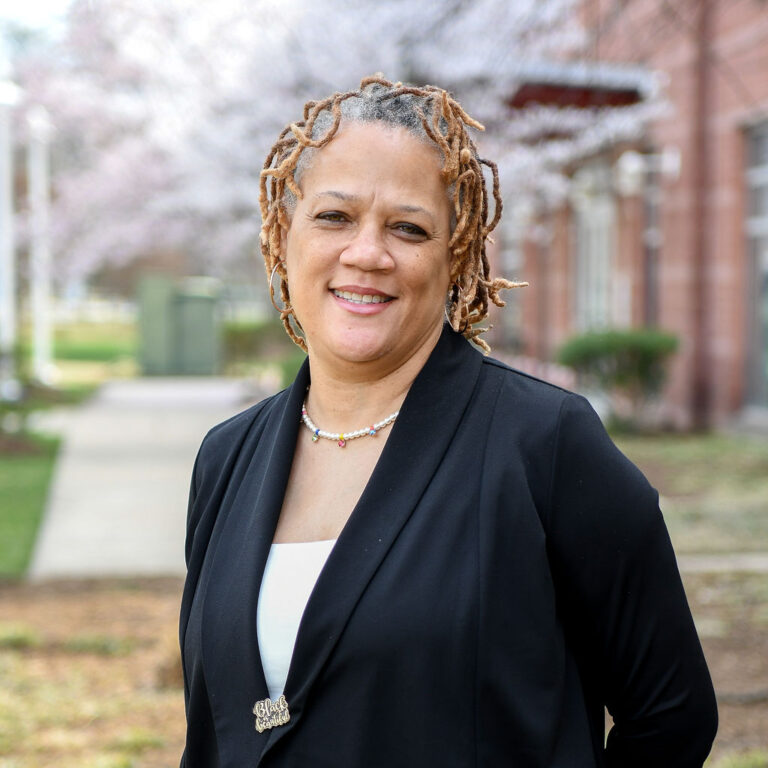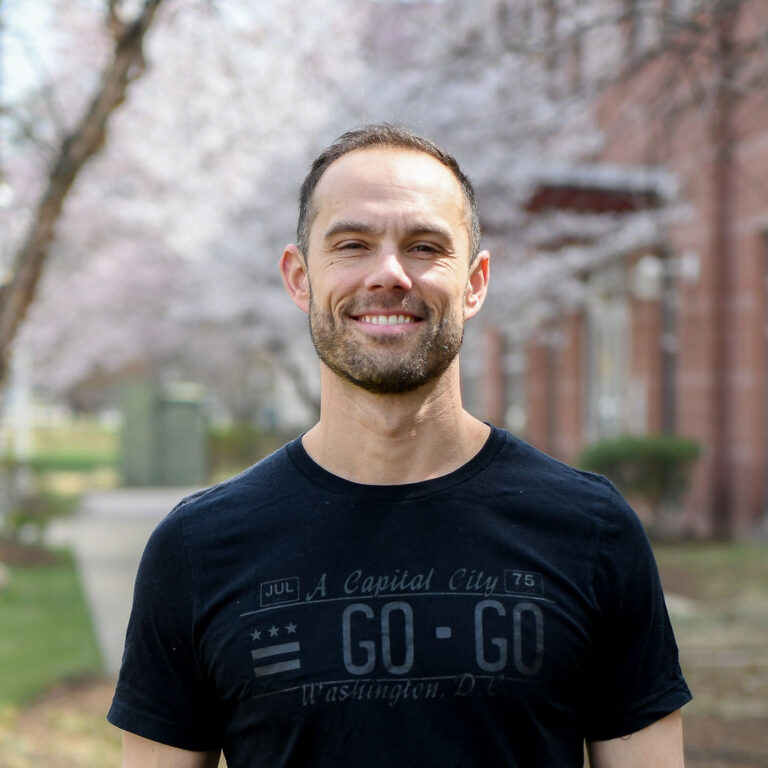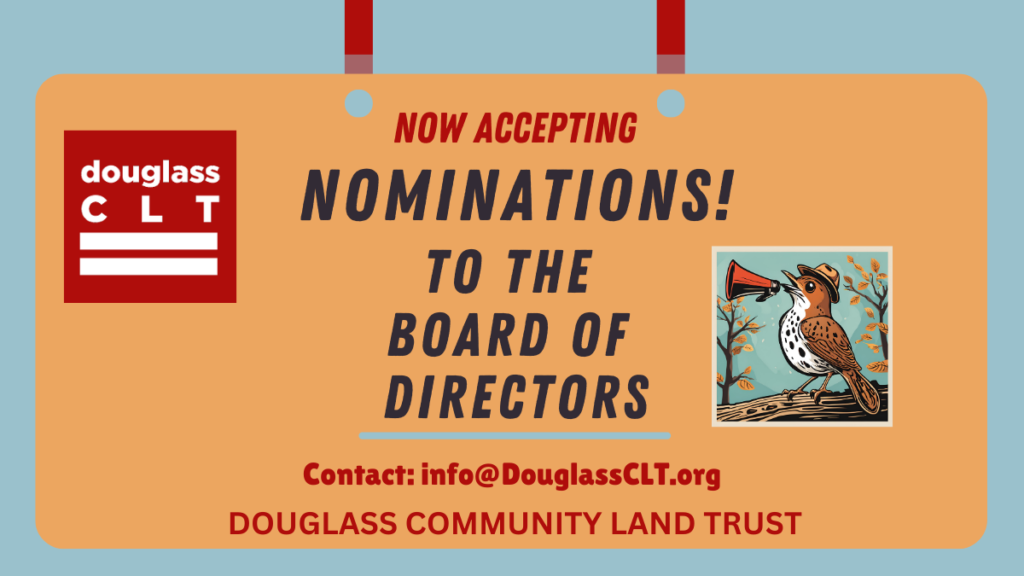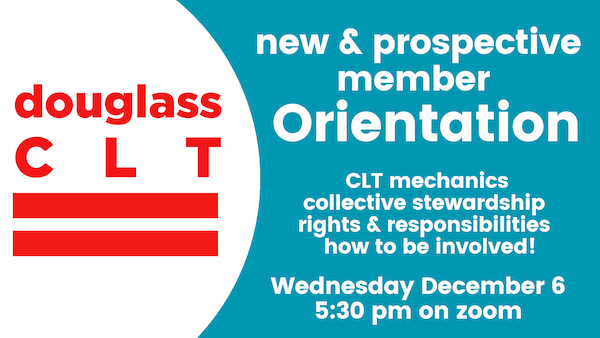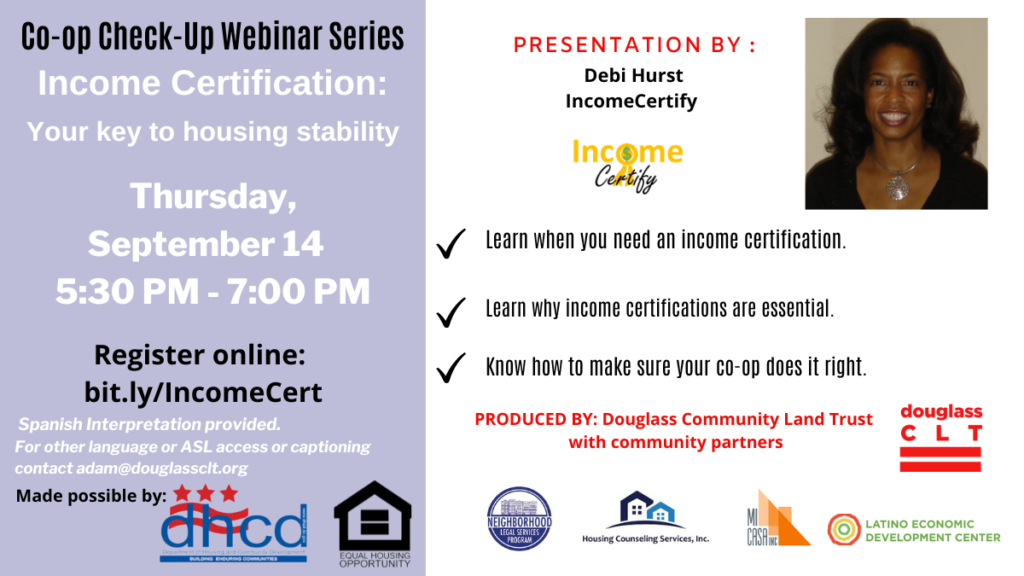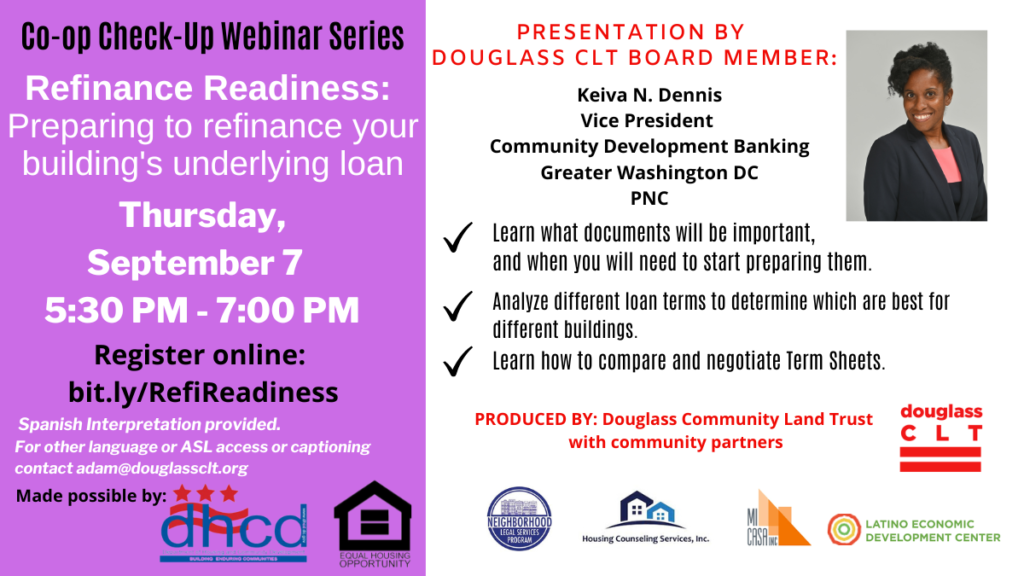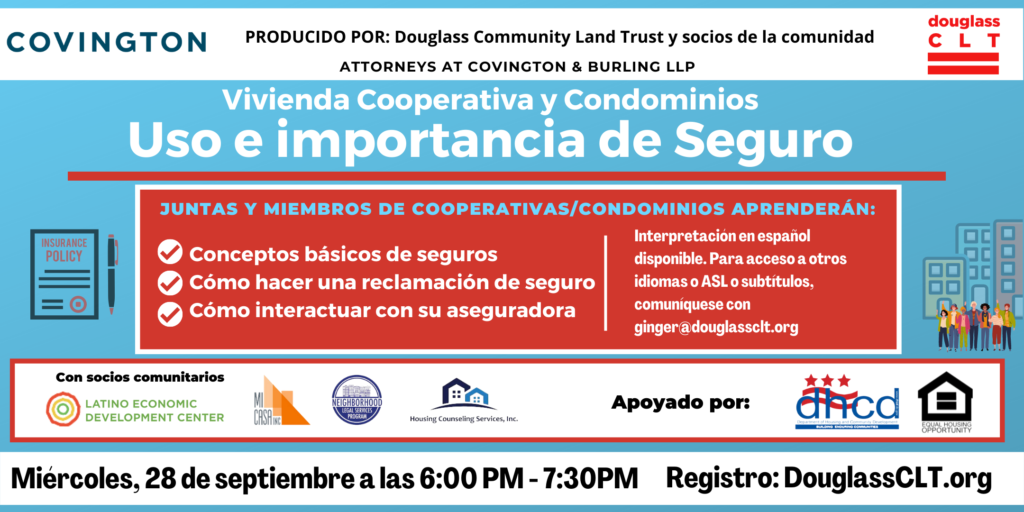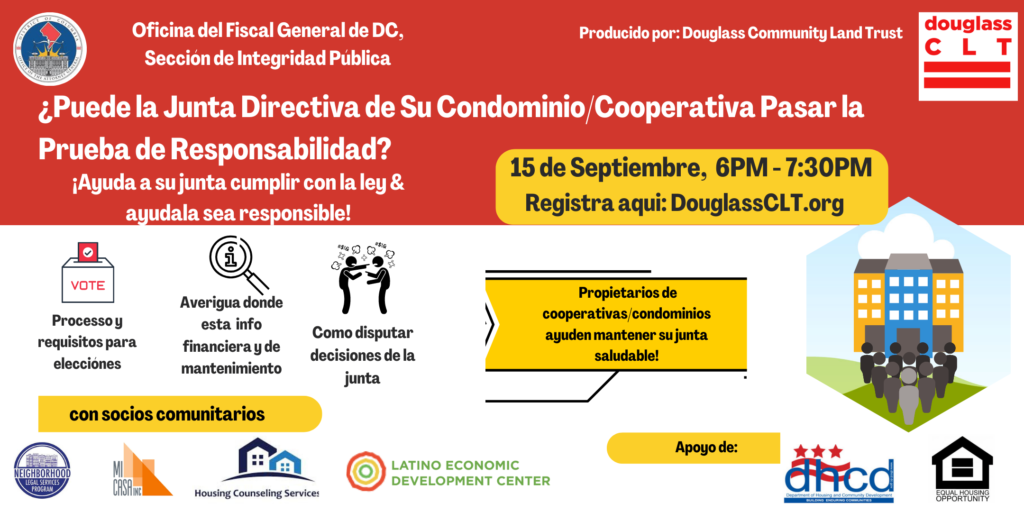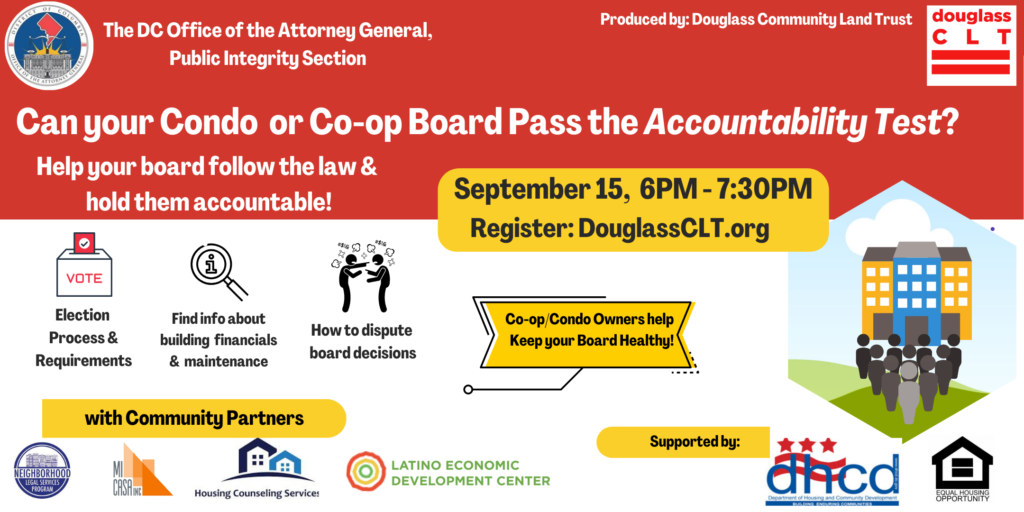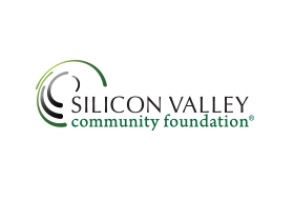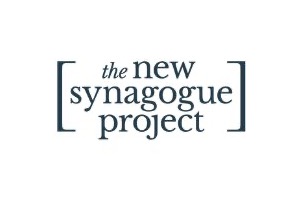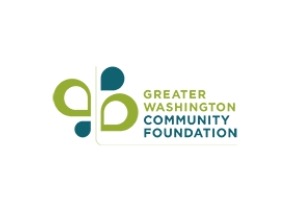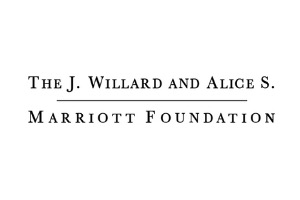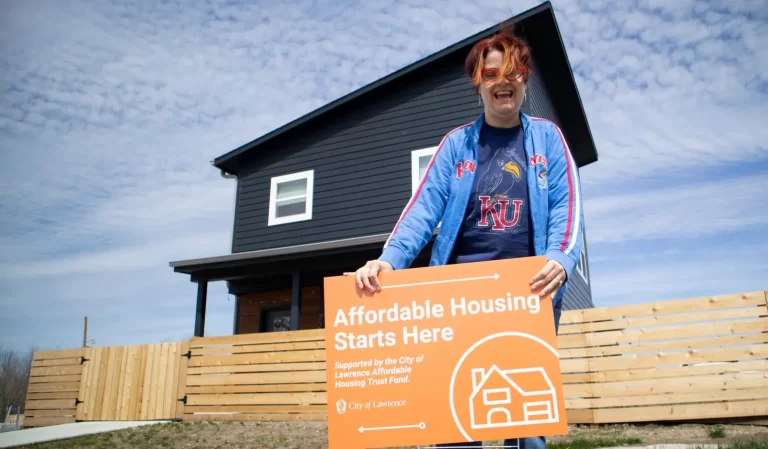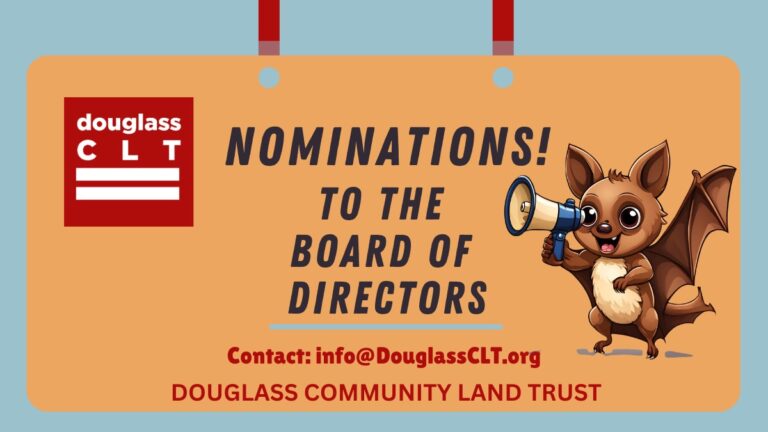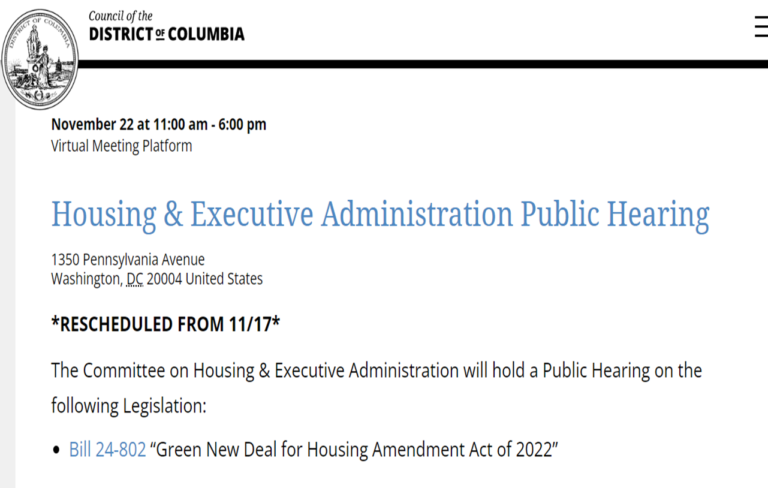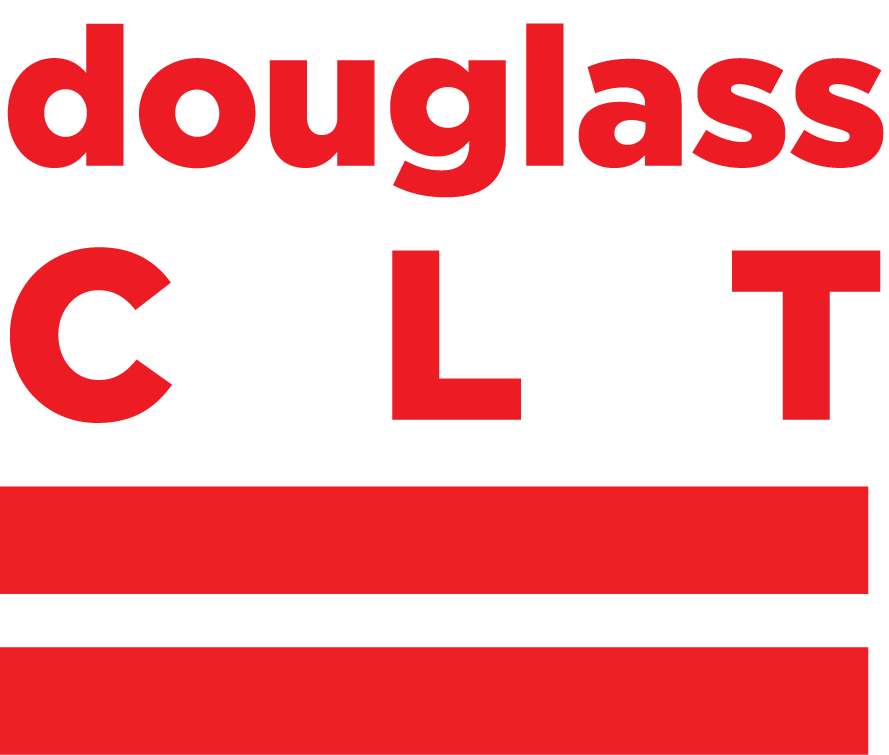CLTs were developed during the Civil Rights movement to allow individuals to exercise their right to vote in a deeply racist environment, and are used today to fight the displacement of minority communities that follow years of disinvestment. As Tony Picket, the Executive Director of Grounded Solutions Network eloquently summarizes for Urban Institute’s ‘Housing Matters’:
“The CLT model was intentionally created and first implemented during the late 1960s by African American leaders in rural Albany, Georgia, who were responding to the harsh reality of oppression, violence, and eviction endured by Black tenant farmers across the American South. The historic roots of the CLT model are intimately linked with the goals of the national civil rights movement: supporting African American families to own and control land, achieve greater economic security, and fully exercise their legal voting rights without obstruction. Today’s model is based on nonprofit organizations serving as the vehicles for collective community ownership of land, governed by a board of directors, including community resident representation. Modern CLT organizations are part of a broader shared-equity housing sector typically developing, selling, and stewarding affordable homes that provide security and stability for low- and moderate-income families. A 2019 study of shared equity housing performance includes evidence that CLT homes (which comprised 73 percent of the over 4,000 homes analyzed) significantly contribute to family wealth creation and are increasingly serving families of color, with the potential to narrow the racial wealth gap.”
https://housingmatters.urban.org/articles/how-community-land-trusts-can-advance-racial-and-economic-justice
